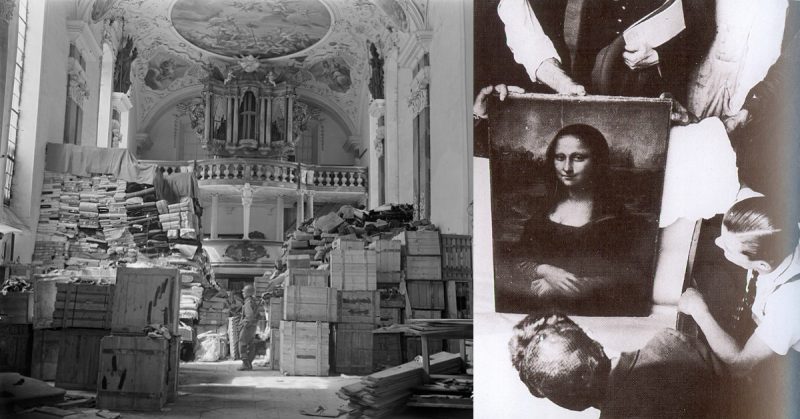During WWII, looting was common. Most people know that the Nazi Party took valuables from Jewish families, but many people do not realize that Nazi treasures were looted by the Allies as well.
While this does not mean that the old painting in your grandmother’s basement is looted artwork, there is a chance it could be.
During the war, expropriation of paintings, rare books, antiques, and sculptures did occur under Nazi rule.
Axis countries, particularly Germany and Japan, had policies in place which led to the systematic looting of occupied territories. Close to the end of the war, the Soviet Union did the same. While there was no official policy allowing it, looting by American troops was carried out.
Many people believe that the looted artworks were lost after the war. This is actually incorrect as expropriation by the Nazi Party was done in a well-documented manner. This led to many of the stolen items being easily traced after the war.
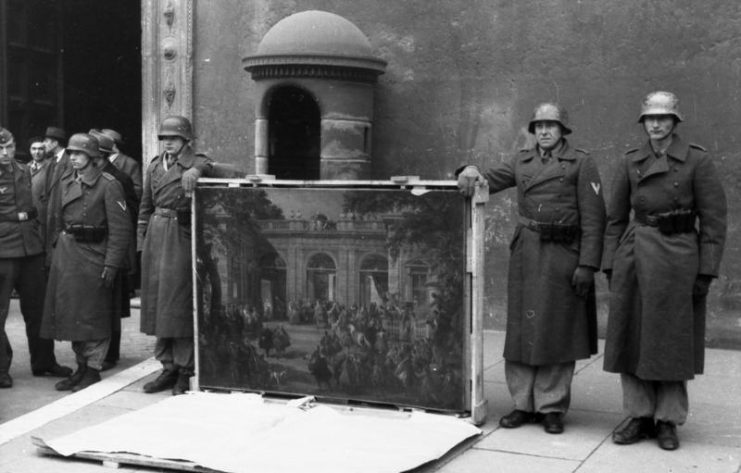
It has been estimated by the Art Loss Register that 200,000 works were stolen. Of these, 170,000 have been recovered with only 30,000 still missing.
Many of the works which are still missing are not those taken from museums. They are the ones taken from private collectors and art dealers.
An example of this is Raphael’s Portrait of a Young Man which was stolen from a Polish family. The painting was discovered by the Gestapo and later hung in Hans Frank’s home. When he was arrested, the painting and 843 other artifacts were missing from storage.
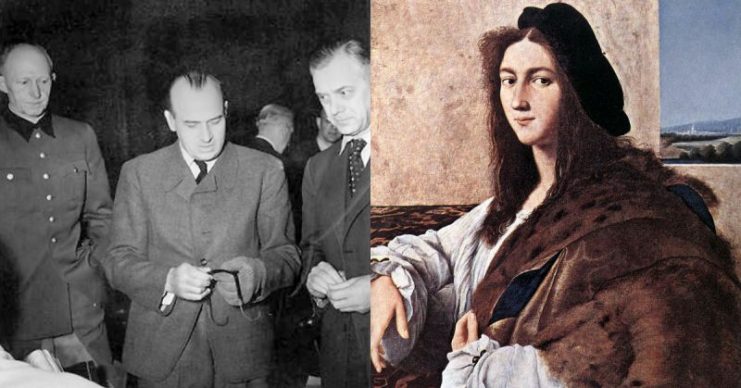
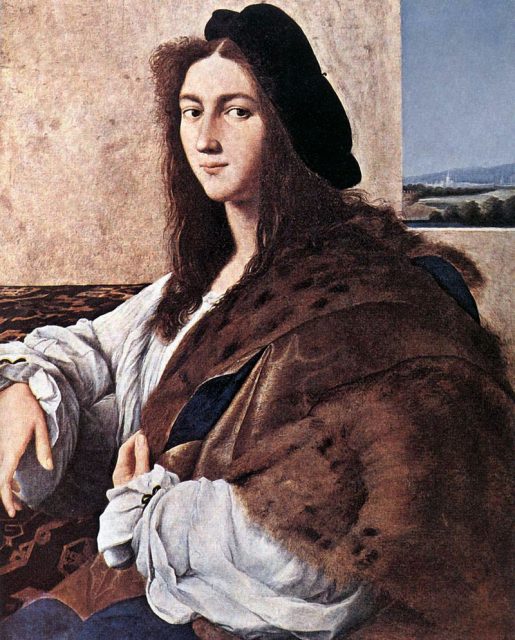
The idea of works of art being “lost” is also a bit misleading. They were not lost in the traditional sense of being somewhere that no one knew about, but in the sense that they were not with their original owners.
In fact, the locations of many of the artworks were common knowledge, such as the pieces in the possession of Horst Wächter.
One of the pieces Wächter had was Klimt’s golden portrait of Adele Bloch-Bauer. This painting was taken from her family and openly displayed at the Belvedere Museum in Vienna. It was only returned to the family when her surviving niece mounted a successful legal challenge.
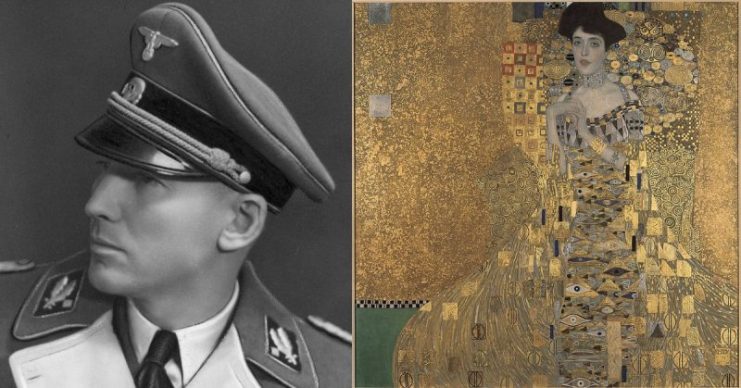
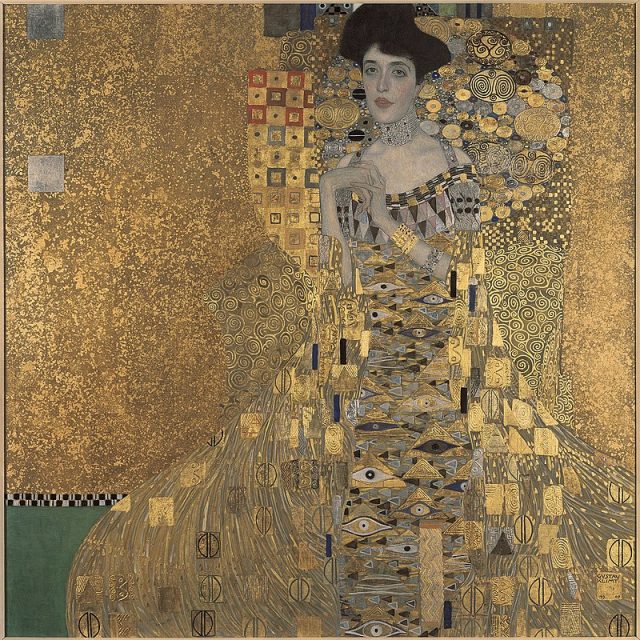
Of the 30,000 missing artworks, there is a chance that some were destroyed during the war. They could have been blown up as part of sabotage operations. This would drastically lessen the actual number of pieces which could still be retrieved.
Many art hunters focus on Europe when looking for these missing pieces, but they could be elsewhere. Many artworks were sent to the United States after the war.
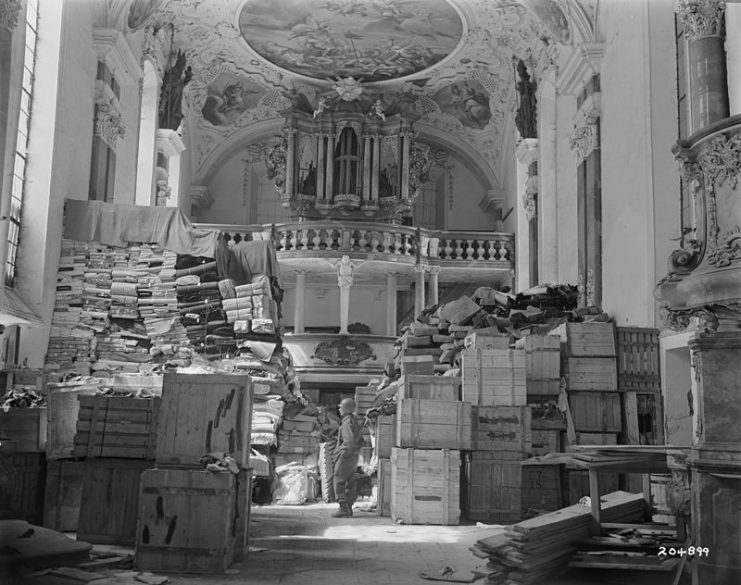
American officials have stated that thousands of works crossed the Atlantic as mail parcels and in footlockers during the 1940s. These included works by Hals, Cranach, and Dürer, and few have been returned.
However, there are three paintings by Dessau which were ultimately returned. When the Allies stormed a nearby area, museum officials attempted to hide artworks in a salt mine. They were soon discovered by American soldiers.
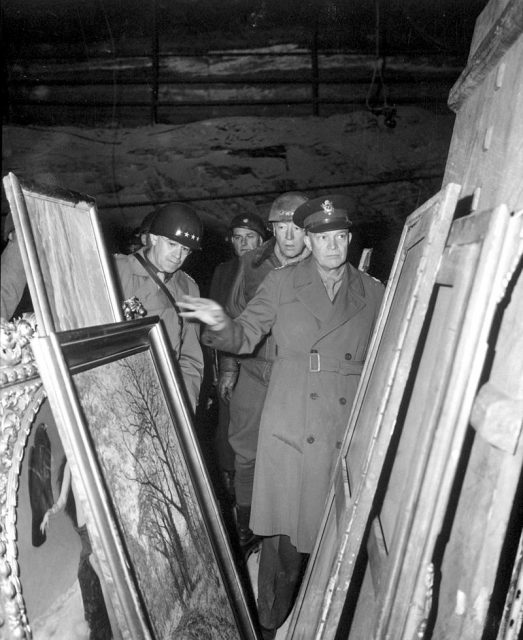
Most of the art was preserved, but the Dessau paintings landed up in a poker game. The game was won by Maj. William Oftebro who mailed the paintings home. They remained with his family for 70 years.
His descendants finally handed the art to the German ambassador to the US in 2015. The major’s stepson stated that he could not keep the paintings as they were stolen property.
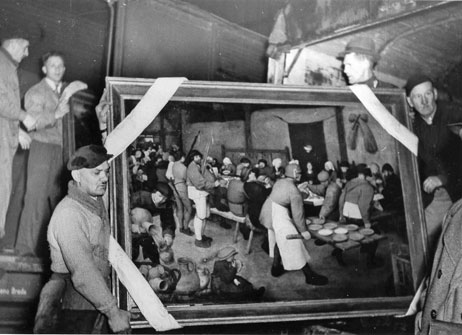
The looting of these treasures by American troops is not believed to be on the same scale as German, Japanese, or Soviet looting. They were against both the rules of law and a strict directive issued by Eisenhower which clearly stated that art thefts were forbidden.
There are still hidden caches of looted art which are being discovered. Many art hunters believe that some of the missing works are locked in Swiss bank vaults. This is the most commonly believed reason as to why the Raphael painting is still listed as missing.
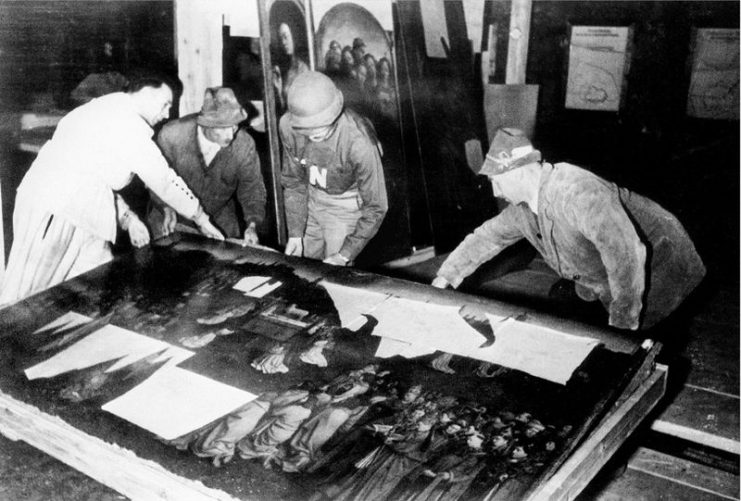
In 2012, a collection of over 1,400 works was found in an apartment in Munich. The owner was a collector and art historian investigated for tax evasion.
He was also the son of Hildebrand Gurlitt who collaborated with the Nazi Party on the expropriation of art. He had claimed that his art collection was destroyed in a bombing raid.
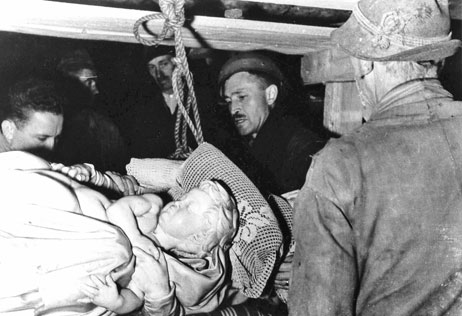
If a family member of yours served in Europe during the war or was a member of the troops assigned to safeguard art treasures, it is possible that the painting in your grandparent’s basement may be one of the missing artworks listed by the Art Loss Register.
Since the return of art items from America have been scarce, the Monuments Men Foundation believe that many more might be hanging in veterans’ homes than people guess.
